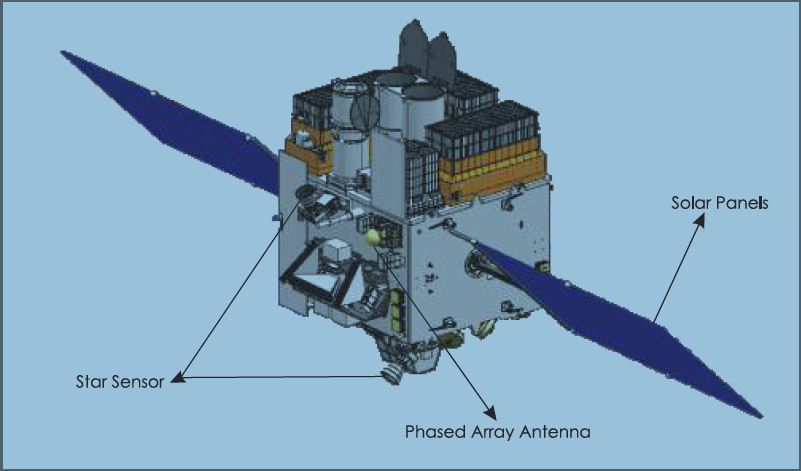-
Tips for becoming a good boxer - November 6, 2020
-
7 expert tips for making your hens night a memorable one - November 6, 2020
-
5 reasons to host your Christmas party on a cruise boat - November 6, 2020
-
What to do when you’re charged with a crime - November 6, 2020
-
Should you get one or multiple dogs? Here’s all you need to know - November 3, 2020
-
A Guide: How to Build Your Very Own Magic Mirror - February 14, 2019
-
Our Top Inspirational Baseball Stars - November 24, 2018
-
Five Tech Tools That Will Help You Turn Your Blog into a Business - November 24, 2018
-
How to Indulge on Vacation without Expanding Your Waist - November 9, 2018
-
5 Strategies for Businesses to Appeal to Today’s Increasingly Mobile-Crazed Customers - November 9, 2018
ISRO begins countdown for its milestone mission Astrosat
The launch will take place at 10 am on Monday.
Advertisement
AIR correspondent reports, the scientists of the Indian Space Research Organization ISRO are giving the launch vehicle PSLV-C30 final touches for its 31st flight tomorrow. The earlier nine flights of PSLV-XL were PSLV-C11/Chandrayaan-1, PSLV-C17/GSAT-12, PSLV-C19/RISAT-1, PSLV-C22/IRNSS-1A, PSLV-C25/Mars Orbiter Spacecraft, PSLV-C24/IRNSS-1B and PSLV-C26/IRNSS-1C, PSLV-C27/IRNSS-1D, PSLV-C28/DMC3 missions.
PSLV will fly in its extended configuration this time, keeping in view the total payload weight of 1631 kg. The global customer satellites that would ride piggyback with Astrosat, were LAPAN-A2, a microsatellite from National Institute of Aeronautics and Space-LAPAN, Indonesia.
PSLV-C30 will also carry Lapan-2, a micro-satellite from Indonesia and NLS-14, a nano-satellite from Canada, which will also be used for maritime surveillance. It is a maritime monitoring Nanosatellite using the next generation Automatic Identification System (AIS). Together they weigh 118 kg.San Francisco-based Spire Global Inc.
Commenting on the launch, ISRO Chairman AS Kiran Kumar had recently said, “What it means for India is this: it is one of the first scientific missions which will be available to the Indian researcher community as an observation opportunity”. This scientific satellite mission endeavours for a more detailed understanding of our universe.
Advertisement
ASTROSAT is going to follow conditional basis among the visual, Ultraviolet, high and low energy levels Scan parts of the electromagnetic scale, and a lot of official satellite are able to viewing a reduced choice of wavelength group. For the first time, significantly, the PSLV launcher has a United States customer using it to put 4 small satellites in space.




























